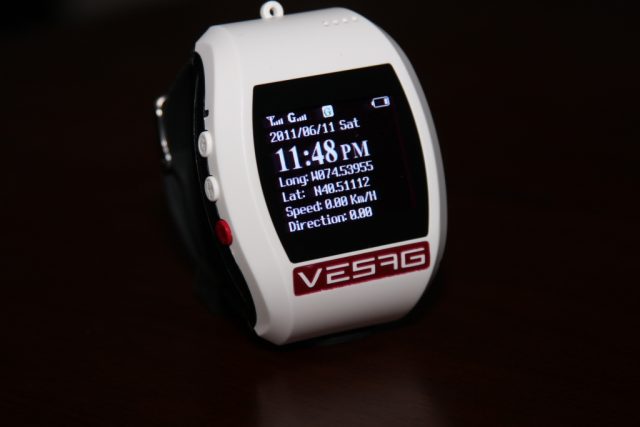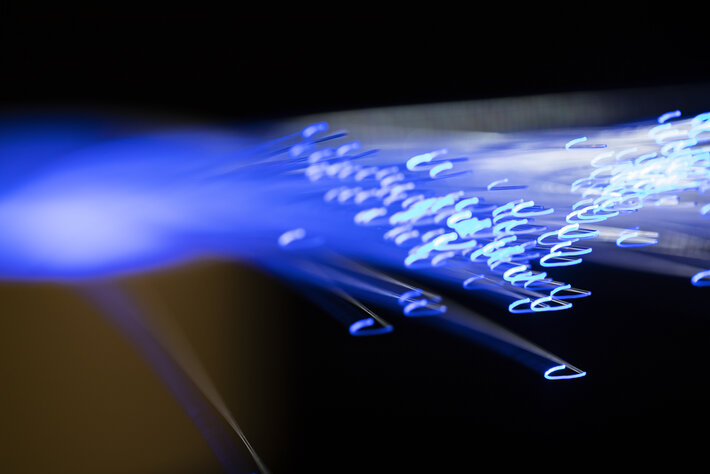Population keeps growing and healthcare costs keep increasing – up to 9% of GDP (and even 16% in the US). 75% of the cost is coming from a few chronic diseases. Aging population is increasing the burden. How do we cope with all of that? Part of the answer might be remote health monitoring!
It shouldn’t be surprising. Let’s take India where there is 1 doctor for 900 patients, or Singapore where 31% of deaths are due to heart disease. So why isn’t mobile health monitoring pervasive?
I mentioned to my doctor that India had launched a tele-health service that provides remote diagnosis on the phone – for only $1! She was shocked. I’m not sure it was the price, or the fact that people would trust remote diagnostics, or that doctors would give diagnoses without seeing the patient.
After some discussion of the problems remote monitoring solves, she acknowledged that there is indeed a real value! So it appears there is a need to educate people – and healthcare professionals. Perhaps there is also a need for new regulations that protect doctors from unreasonable malpractice claims that might occur with remote diagnosis techniques.
Things are underway though. Many countries have adopted some reforms to digitise health information – and invest in IT and remote monitoring capabilities (France, US, China, European Union, etc). Examples include EPR (electronic patient record), EHC (electronic health cards), CPOE (computerized physician order entry). Some of these have been implemented in specific regions, and some pilots have been done around tele-diagnostic, or remote patient monitoring.
HP and its partners are currently involved in a mobile health monitoring project in Asia with some pretty interesting differentiators such as 24/7 real time blood pressure monitoring – which is critical to detecting anomalies – and preventing heart attack.
It’s clear that remote healthcare requires some real expertise and alignment across many players in the value chain: healthcare payers, governments, healthcare providers including the small companies that generate innovation solutions, IT providers, communication providers and end users.
Very few companies will be able by themselves to create end-to-end remote diagnostic solutions, aggregate the data, provide secure communication and data storage, report selective data to different users and build the ecosystem that addresses chronic disease such as diabetes.
To do all this, companies will have to partner – especially if they want to address broader requirements, such as the growing need for wellness programs and elderly care (medication, mobility, communication). And of course, all this will cost money.
Market analysis estimates for remote diagnostics vary a lot. Some forecast about 15% annual growth. Others foresee 100% growth rates or more – size also varies a lot: The US Health Research Institute estimates the annual consumer market for remote/mobile monitoring devices to be from $7.7B to $43B based on the range consumers said they would be willing to pay. Parks Associate talks about $4.4B by 2013 for wireless home health in the US – and US is supposed to account for about 35% of ww market.
Some surveys have asked people how much they would be ready to pay for remote healthcare or m-healthcare. In average, it is below €/$100 or euro in developed countries. A French government study estimated that ARPU for m-health would be between €40 and €100, with 15% of that revenue going to communication providers. They also estimated that 5-10% of population could adopt those services.
Would you be ready to pay €/$100 to enjoy real time health monitoring and secure your life?










